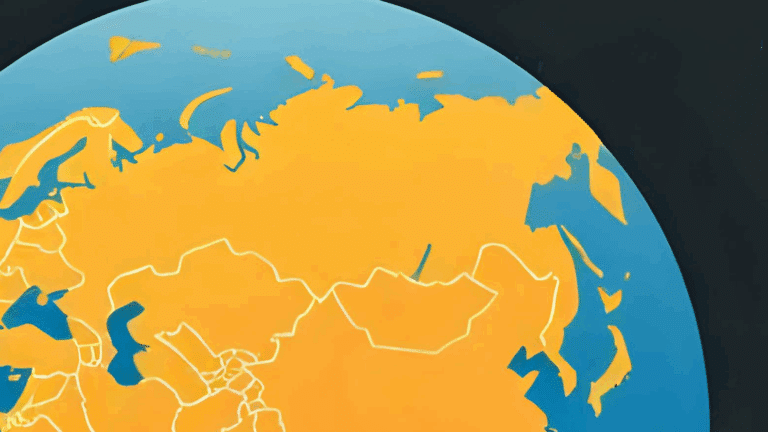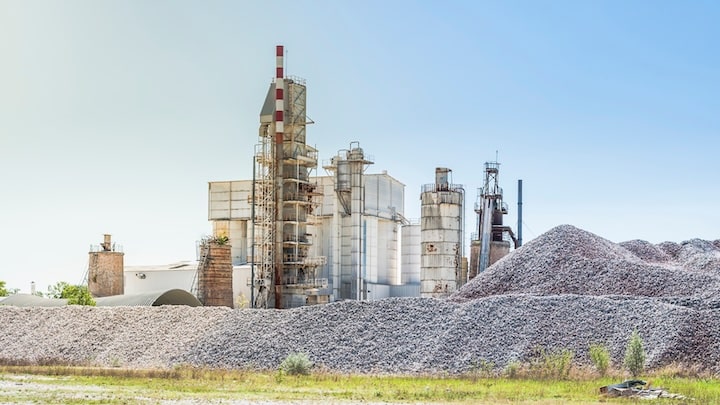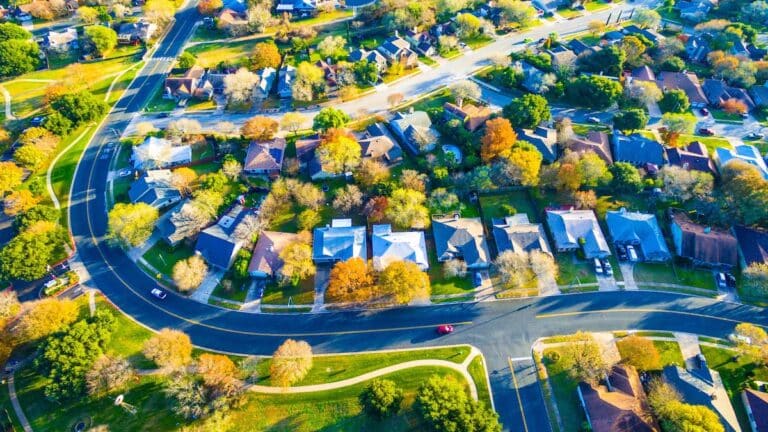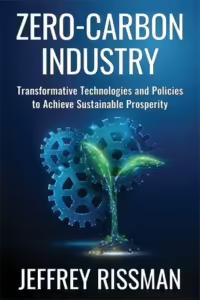Wildfire season is upon us. With nearly 80% of the Western US in extreme drought, fires have already scorched more than five and a half million acres this year – double the number of acres compared to this time last year.
Those fires pose an increasing risk to electric utilities. And no utility feels the urgency of that risk more than PG&E.
In 2018, PG&E equipment sparked the most devastating wildfire in California history – and it forced one of America’s largest utilities into bankruptcy protection.
The story isn’t likely to be an anomaly. As journalist Katherine Blunt writes in her new book, California Burning, the story is “a harbinger of challenges to come” as climate change threatens the grid built for a different era.
Katherine joins Bill Loveless on the show this week. She’s a Wall Street Journal reporter who covers the power industry. Her team’s reporting on PG&E was honored with multiple awards for business investigative journalism.
Bill spoke with her about the PG&E saga – and what it tells us about the risks facing utilities and the power grid in a rapidly-warming world.










